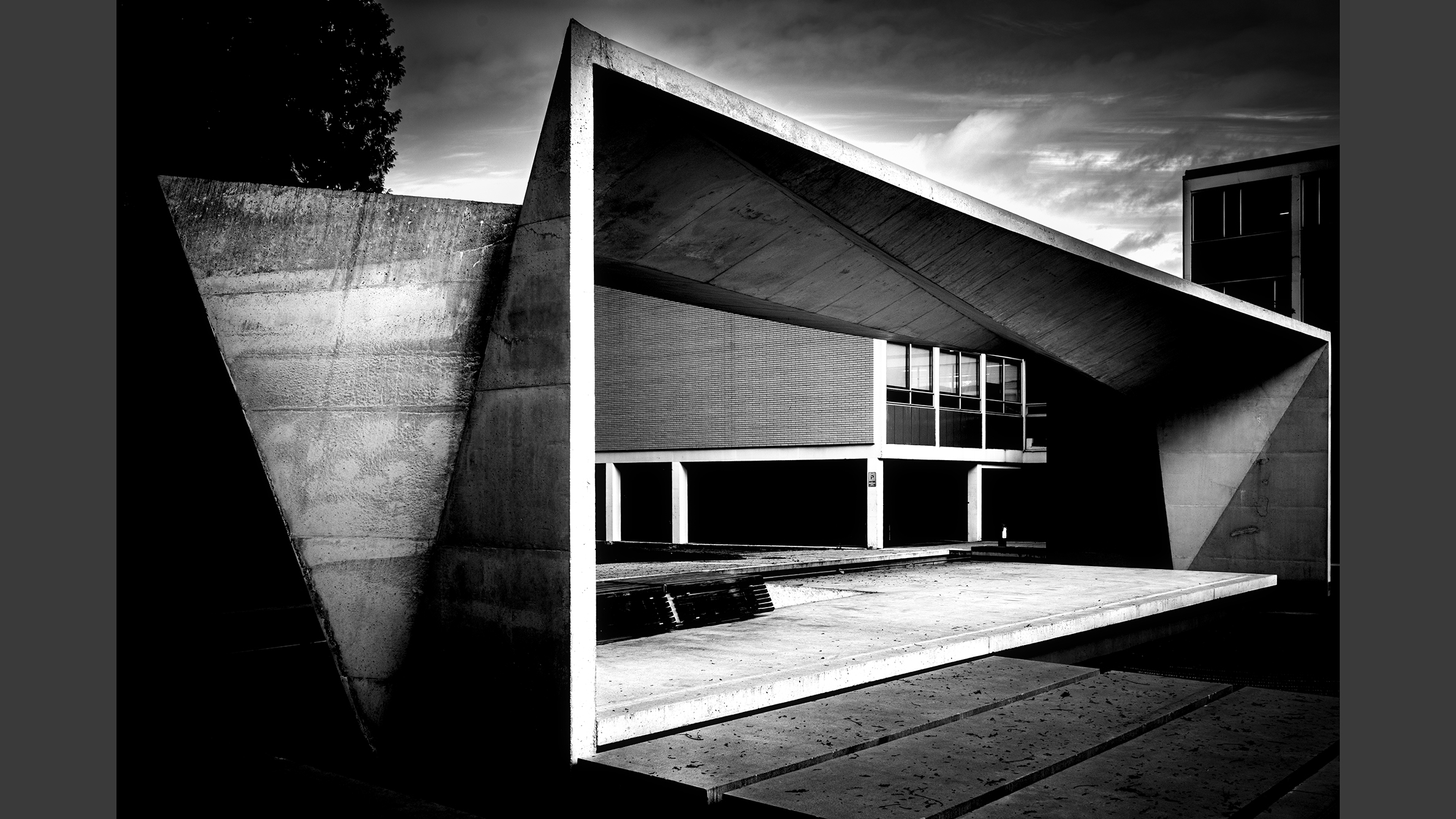Sigma fp is the smallest full-frame mirrorless camera ever!
We now have all the specs on the Sigma fp – and innovative camera that rewrites the rulebook for full-frame cameras
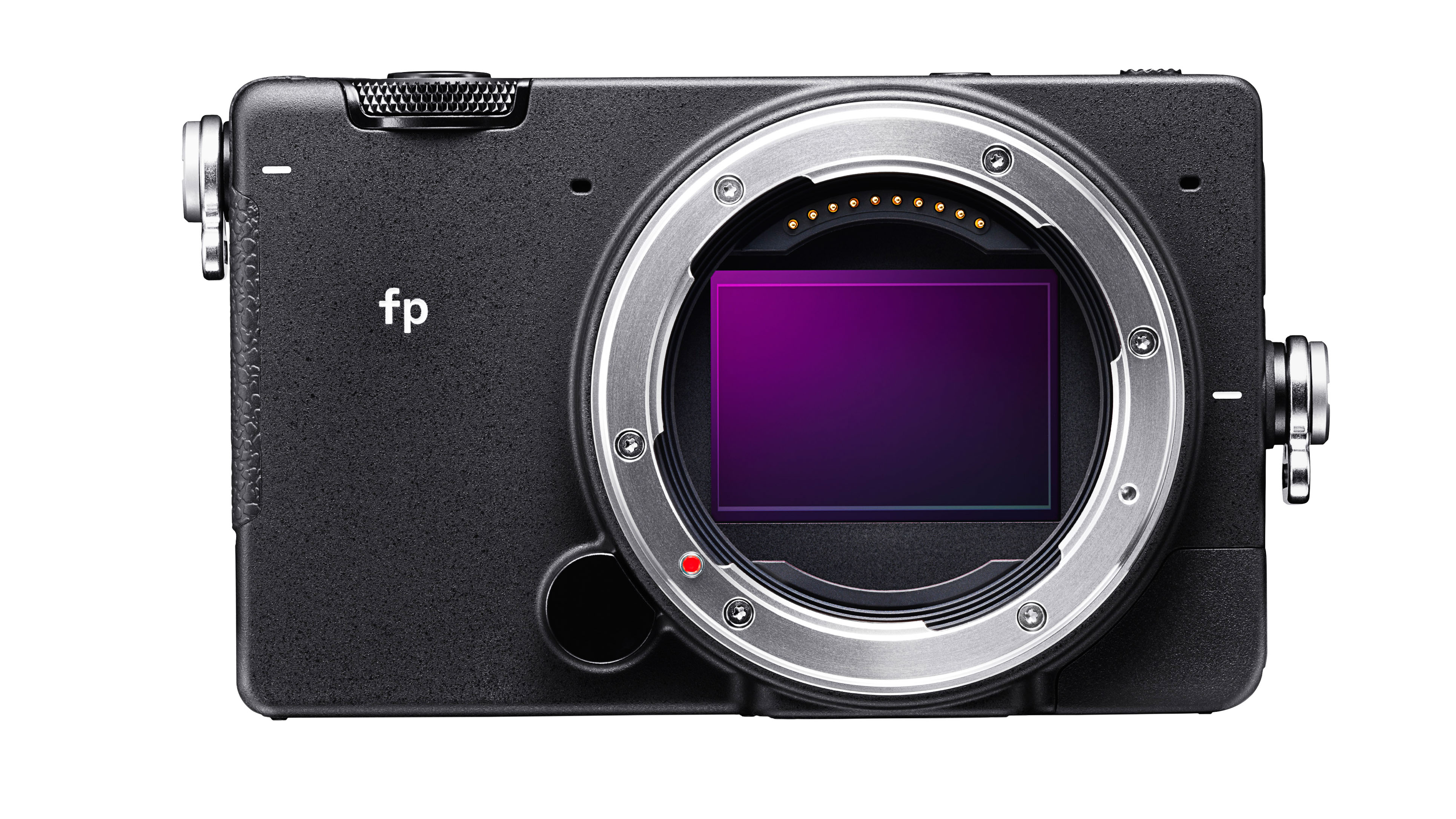
Sigma has been teasing its new full frame mirrorless camera for a while, but the official announcement is a bolt from the blue.
Called the Sigma fp (which apparently stands for fortissimo pianissimo) the new camera will feature a 24.6-megapixel sensor and it will use a classic Bayer colour filter array, not Sigma's own multi-layer Foveon technology as we had originally believed the company to be working on.
Designed to be the smallest and lightest full frame mirrorless camera ever, it will take interchangeable L-Mount lenses (including three new L-Mount lenseslaunched at the same time as the Sigma fp) and is designed to break the pattern of current camera design. Sigma's idea is "how a camera can be", not conforming to current categories and hierarchies.
The Sigma video below gives a glimpse of how the Sigma fp can work in a whole variety of different situations, and there's already a list of 9 Sigma fp accessories to expand and adapt the camera for use with different equipment.
The Sigma fp will certainly have to be different if it's to compete with the best mirrorless cameras already out there.
The Sigma fp's user interface is intended to allow easy transition from stills to cine shooting modes for a seamless experience (it will even incorporate the latest in-vogue 'teal and orange' cinema look). It has a full electronic shutter (there's no mechanical shutter mechanism at all) for noise-free operation, and can capture images at a frame rate of 18fps.
The camera will be able to record in CinemaDNG format - essentially a RAW format for videomakers - and will be the most accessible camera on the market with this must-have feature for many serious filmmakers.
Get the Digital Camera World Newsletter
The best camera deals, reviews, product advice, and unmissable photography news, direct to your inbox!
We are also intrigues by the minimum ISO setting of this camera – at ISO 6 this is in itself a record-breaking option. Essentially this is a camera that you don't need to spend money on ND filters to use. And this super-slow sensitivity will allow cine shooters to easily use the widest apertures in the brightest of lights.
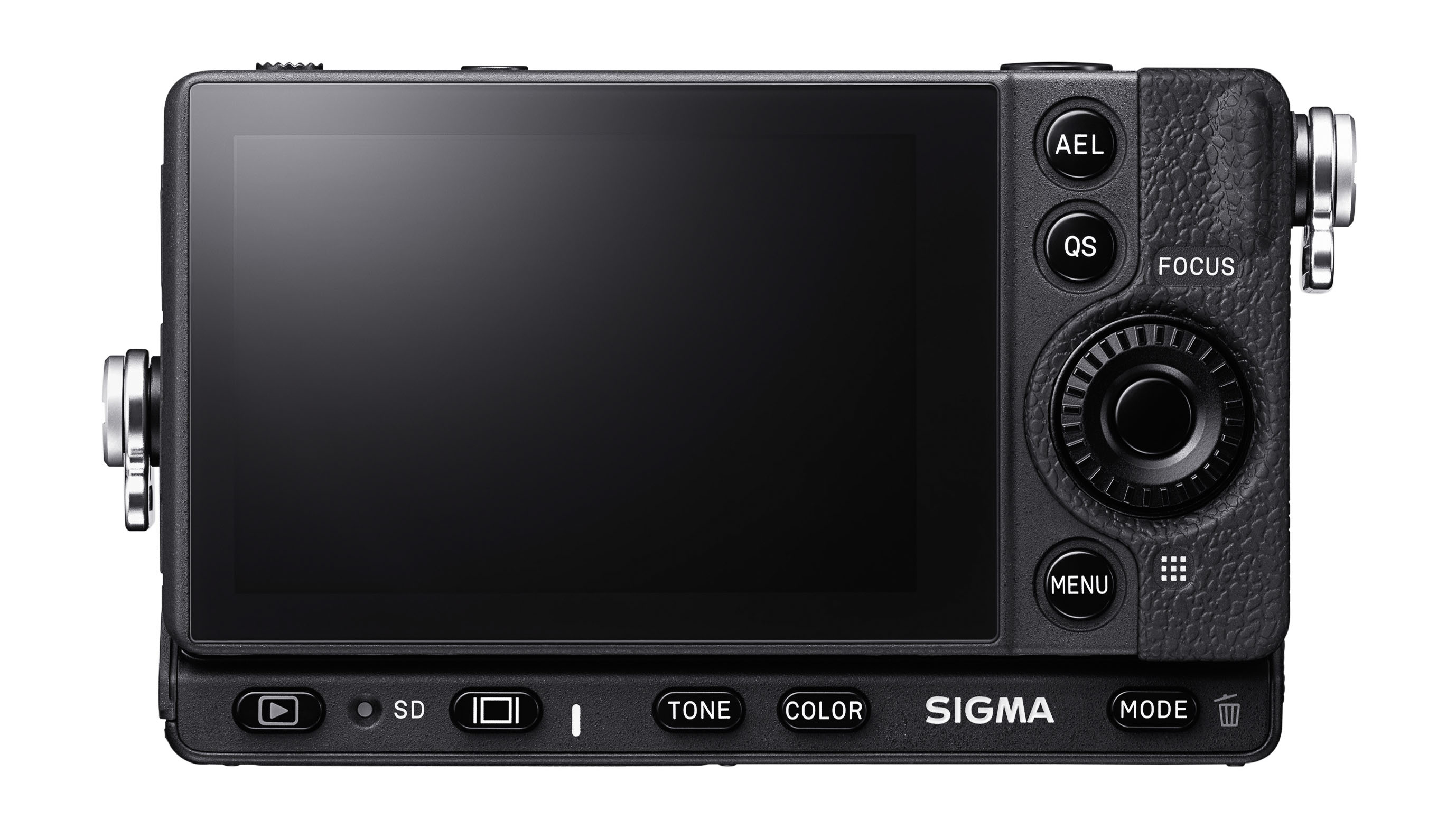
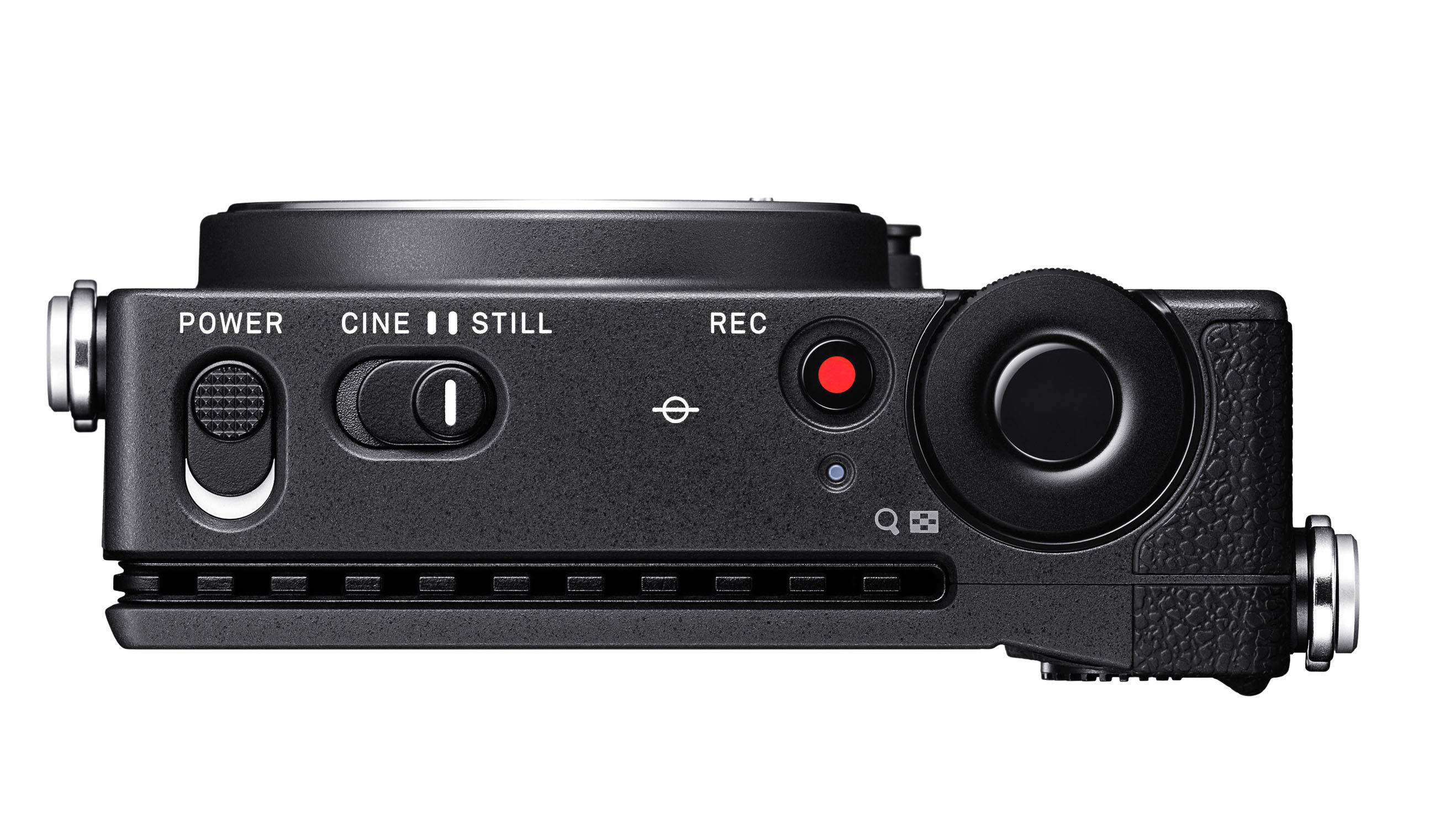
Sigma fp specifications
Image Sensor: full-frame(35.9mm×23.9rnrn) Back-illuminated Bayer CMOS sensor
Camera effective pixels: Approx.24.6MP(6,072×4,056)
Color filter System: RGB Primary color filter
Lens Mount: L-Mount
Storage Media: SD/SDHC/SDXC memory card(UHS-Ⅱ supported) / Portable SSD (USB 3.0 connection, USB bus power supported
Still Image File Format: Lossless compression RAW(DNG) data12 / 14 bit, JPEG(Exif2.3), RAW(DNG)+JPEG: recording is possible
Image Aspect ratios: 21:9, 16:9, 3:2, 2:1, 4:3, 7:6, 1:1
Color Space: sRGB / Adobe RGB
Movie Recording Format (internal): CinemaDNG(8bit / 10bit / 12bit)/ MOV:H.264 (ALL-I / GOP)
Audio Format: Linear PCM (2ch 48kHz /16bit)
Recording Pixels / Frame Rate: 3,840×2,160 (UHD 4K) /23.98p, 25p,29.97p, FHD(1,920x1,080) /23.98p, 25p, 29.97p, 59.94p, 100p, 119.88p
HDMI External Output Movie Format: HDMI Loop out “External recorder record: ATOMOS Ninja Inferno, Blackmagic Video Assist 4K supported
Audio Format: Linear PCM(2ch 48kHz /16bit)
Recording Pixels / Frame Rate: 3,840×2,160 (UHD 4K) / 4:2:2 8bit 29.97p / 25p / 23.98p FHD(1,920x1,080) / 4:2:2 8bit 119.88p / 100p / 59.94p / 50p / 29.97p / 25p / 23.98p
Focus: Contrast detection system, Single AF, Continuous AF(with moving object prediction function), Manual Focus
AF modes: Auto, 49-points selection mode, Free Movement mode, Face / Eye Detection AF mode, Tracking AF mode
Metering System: Evaluative, Spot, Center Weighted Average Control
Still Image Shooting Modes: (P) Program AE (Program Shift is possible), (S) Shutter Speed Priority AE, (A) Aperture Priority AE, (M) Manual
Movie Shooting Modes: (P) Program AE, (S) Shutter Speed Priority AE, (A) Aperture Priority AE, (M) Manual
ISO Sensitivity: 100-25600 (exp. ISO6,12,25,50,51200, 102400)
Image Stabilization System: Electronic system
Shutter Type: Electronic shutter, 30 to 1/8,000 sec, Bulb
Drive Modes: Single shooting, Continuous shooting, Self-timer, Interval shooting
Continuous shooting speed: HI: 18 fps (12 shots), MED:5 fps (12 shots), LO: 3 fps (24 shots)
Monitor: TFT color LCD monitor Aspect Ratio3:2, 3.15", Approx. 2,100,000 dots
Color Mode: 12 types (Standard, Vivid, Neutral, Portrait, Landscape, Cinema, Teal & Orange, Sunset Red, Forest Green, FOV Classic Blue, FOV Classic Yellow, Monochrome)
Interface: USB3.1 GEN1 Type C, HDMI Type D (Ver.1.4) Release Terminal – Also used as an external microphone terminal, Headphone output
Li-ion Battery: BP-51 *USB power supply available (when the power is turned off)
Dimensions/Weight: 112.6×69.9×45.3mm, 422g (including battery and SD card), 370g (Camera Body Only)
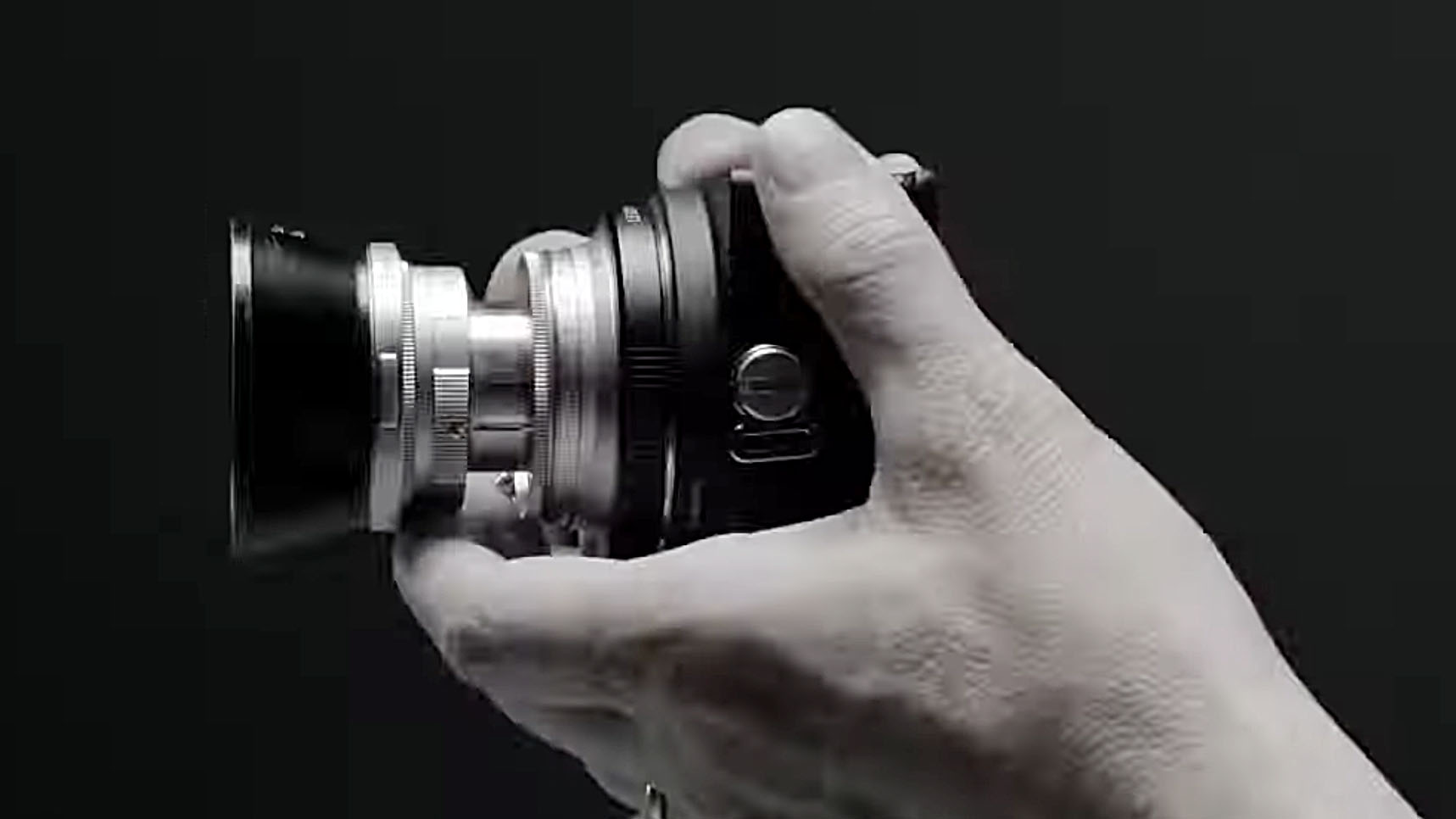
Sigma fp autofocus
There are a couple of things that might cause raised eyebrows. One is that the Sigma fp uses contrast AF at a time when almost all of its rivals have switched to faster hybrid on-sensor phase detection AF. Contrast AF can be fast enough on cameras with smaller sensors and lenses, and Panasonic has made contrast AF work well on its full-frame Lumix S1 and S1R models, but it's still going to be interesting to see how the Sigma fp copes with moving subjects.
Having said that, AF performance is only crucial for run-and-gun style and documentary video reporting – higher-end video productions rely more on manual focus, where the Sigma fp would not be at any disadvantage.
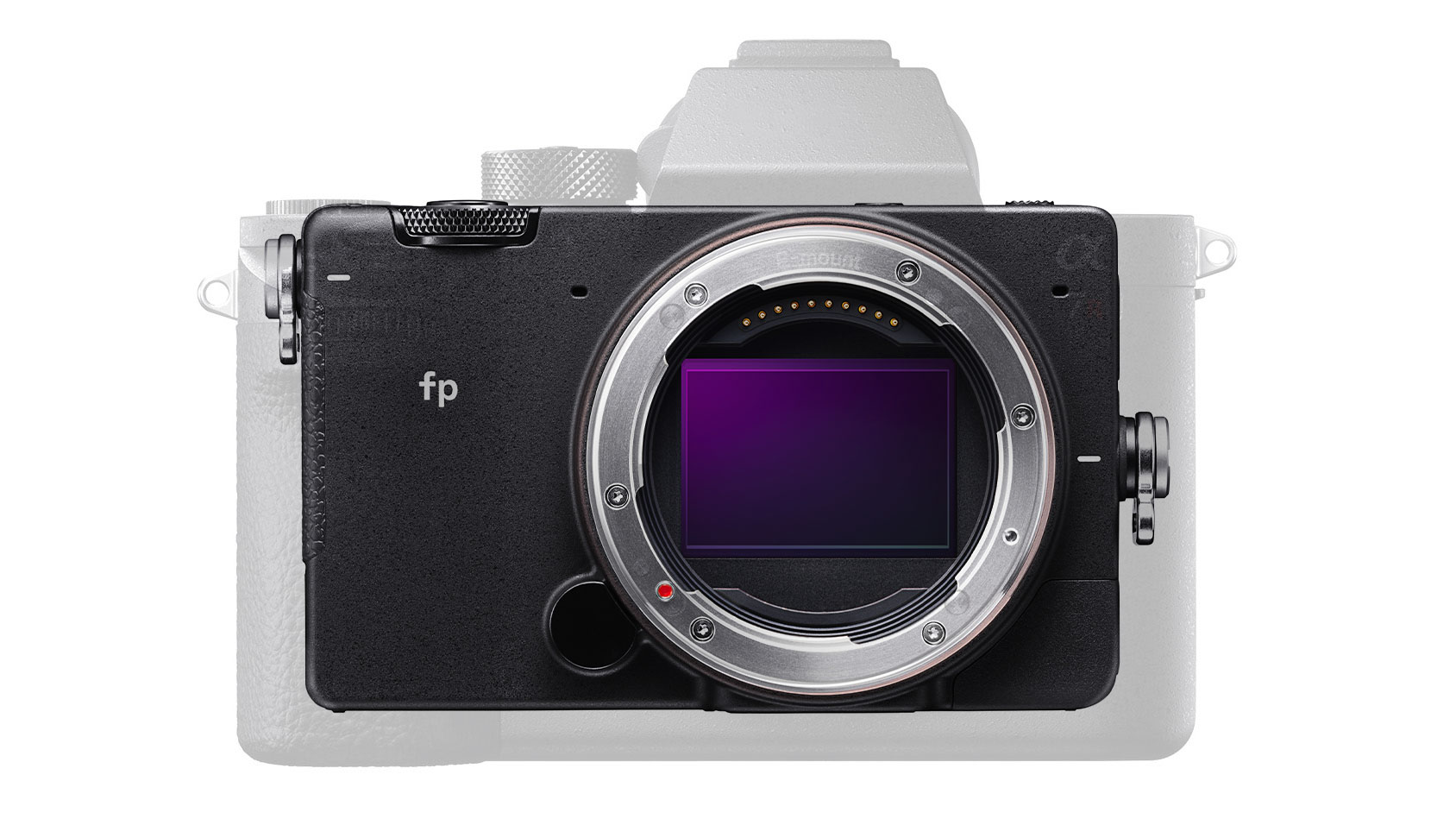
Image stabilization and buffer capacity
The Sigma fp can capture images at up to 18fps, but with a buffer capacity at that speed of just 12 frames, it's clearly not designed for capturing long bursts of action. It also lacks the in-body stabilisation offered by Nikon Z bodies, Sony's A7 and A9 and Panasonic's Lumix S1 and S1R bodies.
The Sigma fp does, however, offer digital image stabilization. In stills photography that wouldn't count for much, but in videography digital stabilisation can be an effective tool for correcting jiggles and 'drifting' in handheld filming. The best systems are closer to 'digital gimbals', so we look forward to seeing how the Sigma fp performs here, too.
The Sigma fp camera is set to go on sale in September at what has been announced as an 'affordable' price. We will bring you more details as we get them.
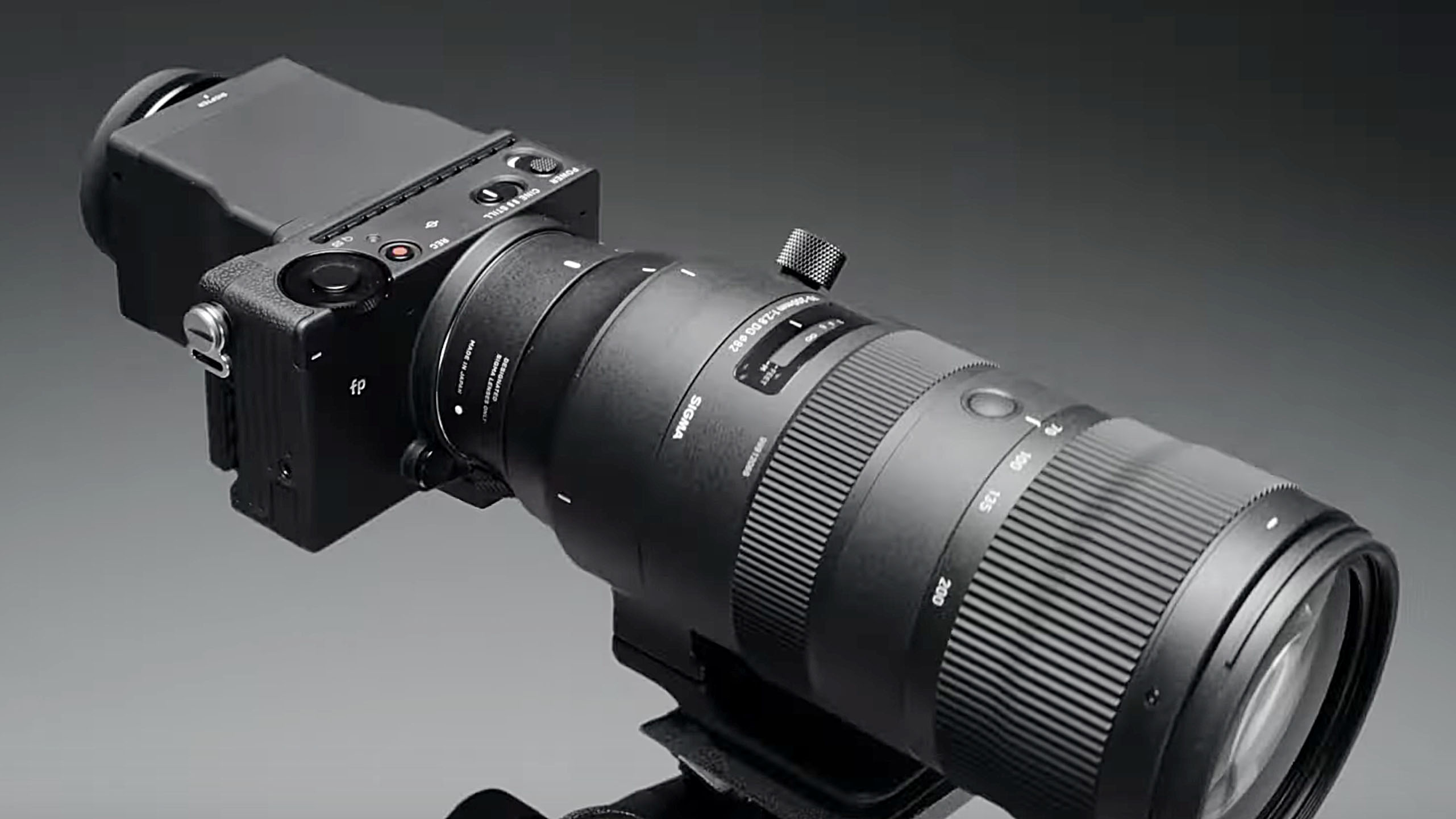
Read more:
• Which is the best mirrorless camera you can buy right now?
• The best full frame cameras today
• Sigma launches three new L-Mount lenses
• The Sigma fp will need lenses: here is the L-Mount lens roadmap
• The Sigma fp is a modular camera - here are 9 accessories to get started with

Rod is an independent photography journalist and editor, and a long-standing Digital Camera World contributor, having previously worked as DCW's Group Reviews editor. Before that he has been technique editor on N-Photo, Head of Testing for the photography division and Camera Channel editor on TechRadar, as well as contributing to many other publications. He has been writing about photography technique, photo editing and digital cameras since they first appeared, and before that began his career writing about film photography. He has used and reviewed practically every interchangeable lens camera launched in the past 20 years, from entry-level DSLRs to medium format cameras, together with lenses, tripods, gimbals, light meters, camera bags and more. Rod has his own camera gear blog at fotovolo.com but also writes about photo-editing applications and techniques at lifeafterphotoshop.com
